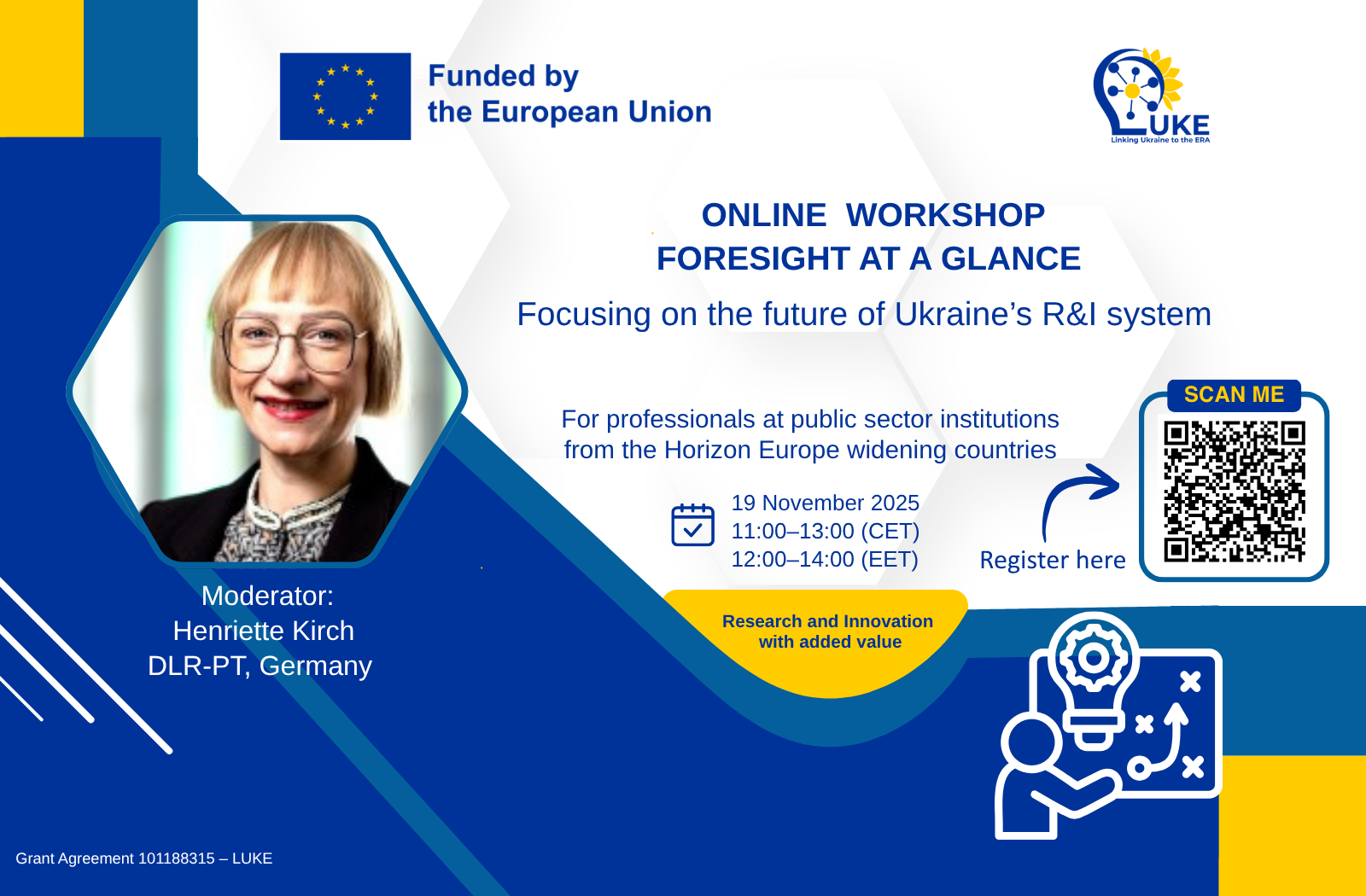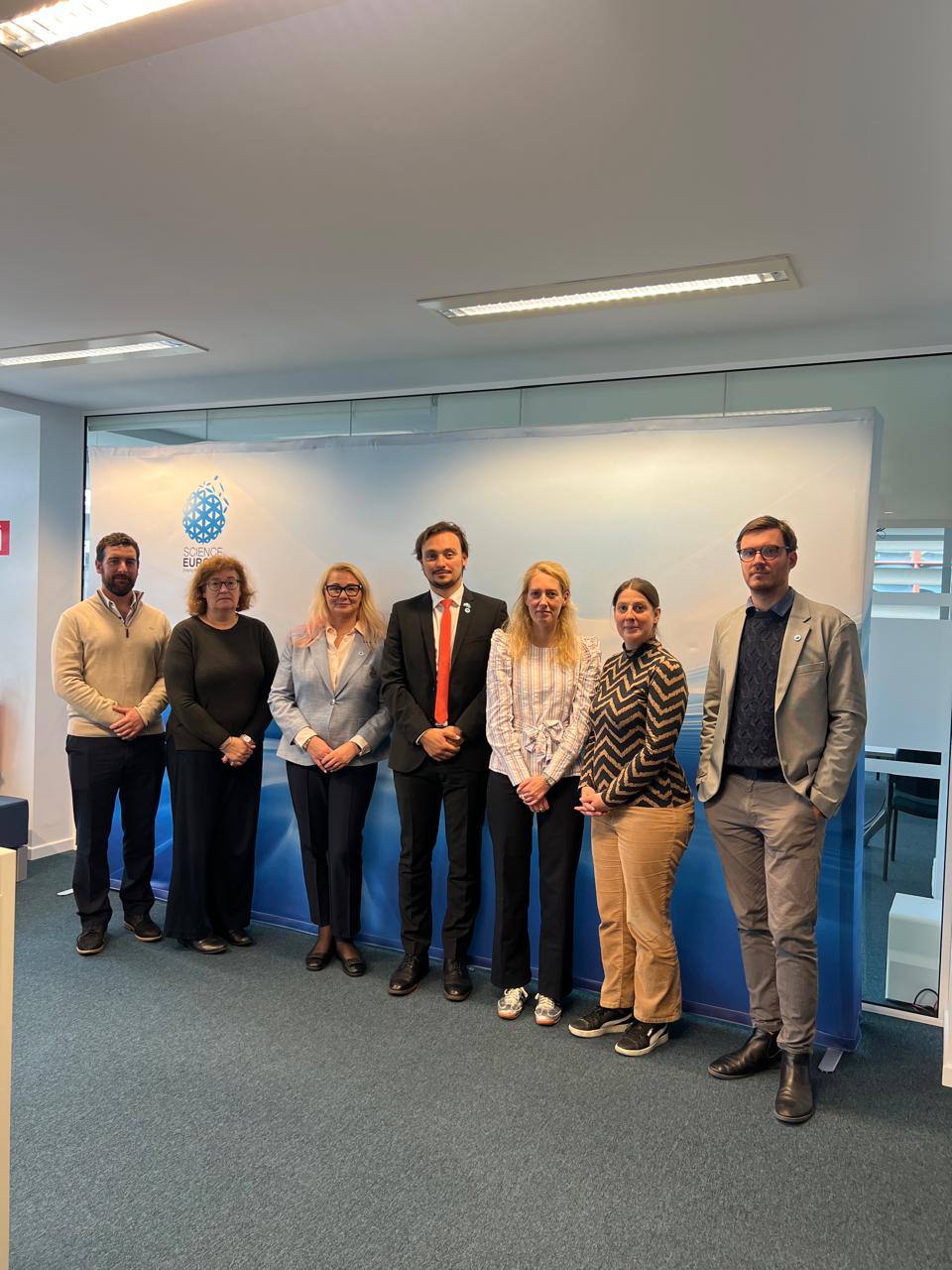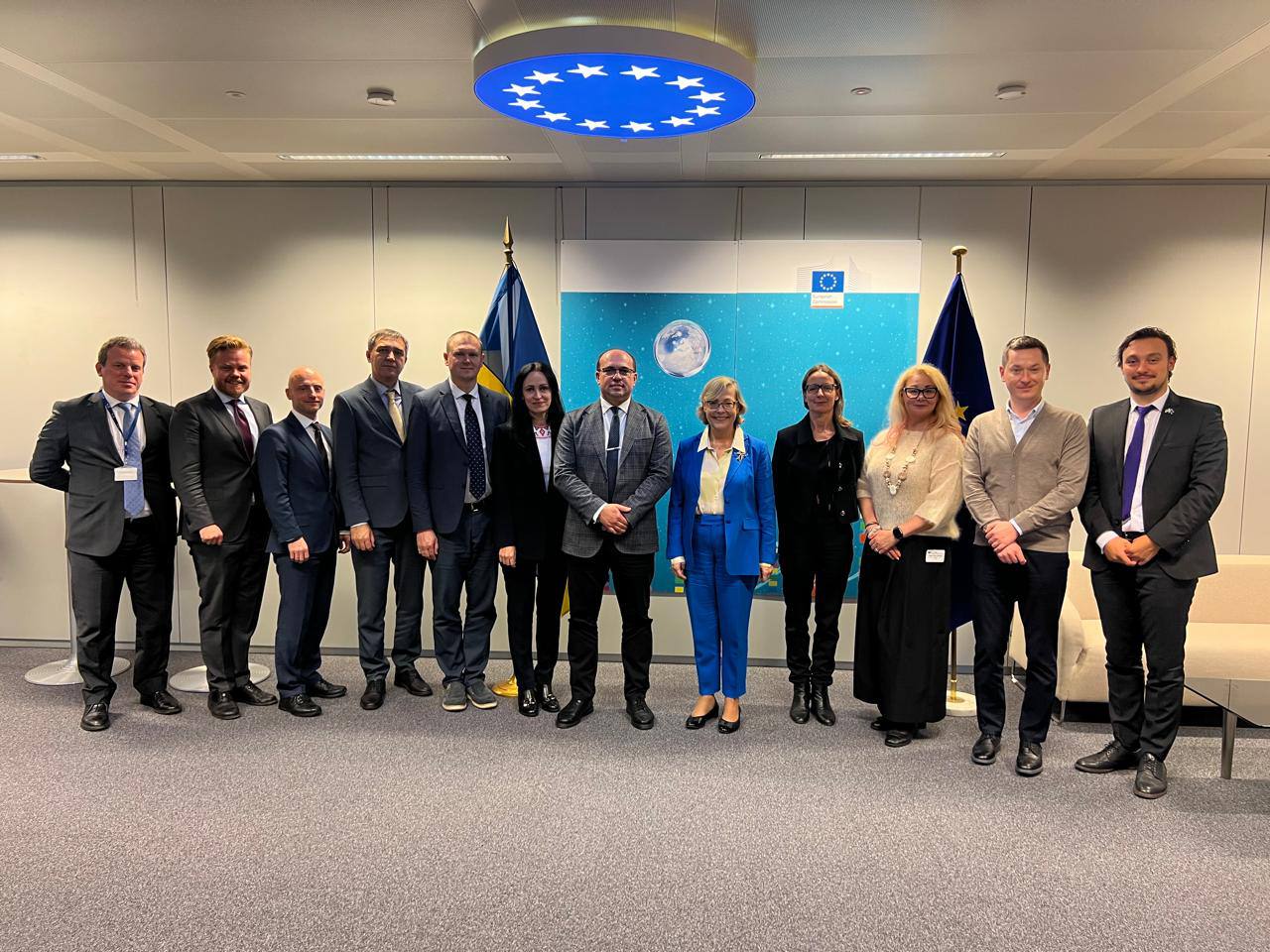The scientist from Mariupol Vasyl Yefremenko is sure that his efforts were not in vain.
People all over the world have seen the picture of a huge shell-hole left by a 500-kilogram russian bomb in the yard of the Mariupol maternity hospital and the gutted buildings of the children’s hospital. On the same day, March 9, 2022, the same russian plane also dropped a bomb on Pryazovskyi State Technical University. The explosion destroyed two upper floors of one of the buildings…
On the second from top floor of this building was located the laboratory of the Department of Physics modern experimental equipment for which was recently purchased with grant funding from the National Research Foundation of Ukraine.
The Head of the Department Vasyl Yefremenko together with his research team carried out the project ‘Phase-structural and chemical modification of the surface of 3D-printed alloys for biomedical purposes when treated with highly concentrated energy sources to increase the durability of artificial implants’. The project was successful in the call ‘Support for Research of Leading and Young Scientists’ and received funding for 2020 – 2022.
The scientist recollects the events of the first days and months of the war with bitterness.
– On February 23, we performed chemical and thermal treatment of biomedical alloys, and the next day, February 24, we were supposed to take the samples out of the furnace and start their analysis, – says the scientist. – But in the morning, we woke up because of explosions, and I did not get to the laboratory again…
The hostilities were rapidly approaching the city and the threat of encirclement appeared. One day, the scientist decided: it’s time to take the family out. They quickly got together and headed west of Ukraine, where it was still possible to ‘break through’ without obstacles. It took three days to get to Lutsk where the family lives now. Vasyl Yefremenko believes that they were lucky because later this ‘journey to Ukraine’ took already a month and a half (through filtration camps, russia, the Baltic States and Poland) for Mariupol citizens.
In March, Mariupol began to rapidly turn into ruins, the electricity and water supply was suspended. Internet and phone was only available in some areas. For example, people walked across the city to the destroyed shopping center PortCity (by some miraculous circumstances, there was a mobile connection nearby) to call friends and family. Some university teachers even managed to hold online classes from there…
In the same days, the researcher recorded a video appeal to the scientific community of the world which was published on the NRFU website. He talked about the ruins of the laboratory, and about the hopes that were dashed by the war. This video was seen by the professor of the Muroran Institute of Technology Kazumichi Shimizu, Vasyl`s Japanese colleague. Professor Shimizu helped to spread the video on the leading Japanese TV channel NHK and personally made an appeal to support Ukraine and Ukrainian researchers.
Today, Vasyl Yefremenko works in Slovakia, on a business trip. In particular, he carries out research related to the project the completion of which was prevented by the war and prepares scientific articles. After all, although the equipment is lost, there are still data that need to be processed.
Vasyl Yefremenko thinks that project which scientists carried out with the funds of the NRFU grant support is extremely important, especially today, when the country is at war.
– The topic of the project concerns materials for biomedical purposes, – he explains. – These corrosion-resistant steels, alloys of titanium, cobalt and chromium are used to make implants for hip and knee joints, bone fragments, etc. It is impossible to imagine modern surgery and orthopedics without these materials! These alloys are usually manufactured using conventional metallurgical technologies, but in the conditions of rapid development of additive technologies, it becomes possible to design and manufacture implants using computer-integrated 3D printing. Such printing allows to meet the needs and characteristics of each patient individually.
To ultimately prolong the implants serving time as much as possible, scientists are studying the possibilities of strengthening the surface of 3D-printed alloys using plasma and laser processing, as well as surface alloying. “Unfortunately, today even young people who were injured during hostilities need artificial joints and other implants. It is important that these implants are as durable as possible and serve not 10-15 years like those we have today, but much longer, ideally – for a lifetime”, Vasyl emphasized.
Scientists worked on the project for one and a half years. Important results were obtained, the first samples of materials were produced and tested, equipment was purchased, and the first articles were published in international scientific journals. “I was glad that everything was going according to the plan, that we would complete everything that we planned, and it would be possible to think about implementation. However, russia’s attack on our country canceled these plans”, said the professor.
Even though the university lies in ruins and the laboratory is destroyed, the scientist does not lose the hope to continue his work in Ukrainian Mariupol. Specialists of the department are compiling a complete description of the equipment that was lost as a result of the armed attack. This description will be needed to restore the university at the expense of reparations from the russian federation.
Five of the six scientists from the project team left occupied Mariupol. “My team is ‘scattered’ in different regions, but we maintain online communication and discuss the possibilities of continuing research”, said the scientist.
“The young part of the team consists of my former graduate students, they are candidates of technical sciences now”, says Vasyl Yefremenko with pride. “I see their successes and understand that my scientific and pedagogical efforts were not in vain. For example, last year Yuliya Chabak and Tetiana Pastukhova became laureates of the Prize of the Verkhovna Rada of Ukraine for Young Scientists. I am sure that Yuliya Chabak despite all odds will start preparing for the defense of her doctoral dissertation. I believe that in the near future the Armed Forces of Ukraine will expel the enemy from our city and the university will resume its work in Mariupol.
Svitlana GALATA






